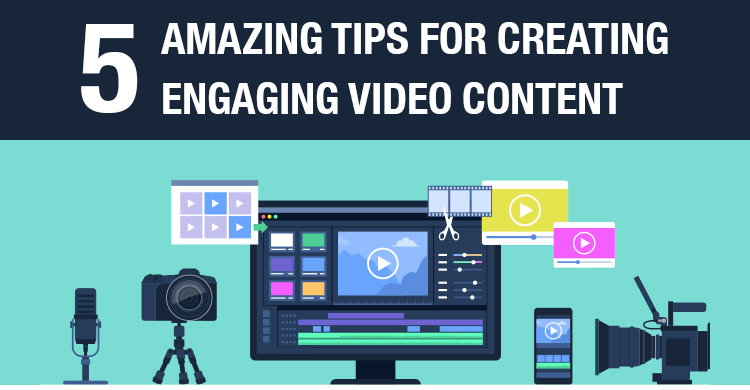This entry is the fourth in a blog series called Pandemic Response and Educational Practices (PREP), which aims to highlight and further the important work educators are doing amid the worldwide COVID-19 crisis.
As many of us have moved our working worlds into homes and online delivery methods, let me share five quick reminders about one important action that is sure to make your message delivery more meaningful.
Do a background check!
In Crafting Your Message: Tips and Tricks for Educators to Deliver Perfect Presentations, I devote a section to delivering your message via webinars (p. 56). In the book, you will find 11 reminders. In this post, I want to highlight background checks more specifically.
You cannot turn on any media source today without seeing dozens of web-based communication platforms. In seeing many myself, I’m surprised, and a bit appalled about how little attention some people are paying to the background that surrounds them.
In one, I noticed an overflowing bookshelf. Yes, overflowing! Books were seemingly smashed into bookshelves meant for half their number; some were dangling off of others, almost as if to spare themselves from crashing to the floor. There was no rhyme or reason to the book organization, be it size, color, topic, and the like.
Now, that may seem nit-picky, and likely it is a bit. Yet, that mass disorganization actually lessened the credibility of the speaker, in my mind. This person is a well-known author and analyst about the topic discussed. In spite of that, I found myself thinking things like:
- How on Earth does he find anything on that shelf?
- I wonder if his house is equally disorganized.
- Such lack of attention to his office space makes me wonder about his expertise.
Now, having said all of that, I wouldn’t want a stranger critiquing my office space on a regular basis; we all have our own methods for working. However, I wouldn’t invite the world into my office to see it. Yet, by using that as your background, you inadvertently just did.
So, what to do?
1. Declutter
Eliminate the dozens of knick-knacks that may sit behind you. Limit the number of framed photos, as the audience will be peering at those rather than listening to your message. Think of your background as a picture frame. What surrounds you should be picturesque but uninteresting and certainly not distracting.
2. Embed ambiance
Soft lighting from lamps with downward shades adds warmth. Plants add effortless color. Some natural lighting feels more inviting, not dark and dingy. Wood panels and walls give an earthy feel that is more serene for your viewers.
3. Find a space in your house or office that is somewhat pictorial
If in doubt, consider a darker background. It softens your image to the viewers. It’s easier on the eyes. And remember to consider what you wear in terms of how it will look with your background.
4. Look for awkward fixtures and décor
Pay attention to pictures, which you may only see a portion of, or where light switches and electrical plugs are located. Recently, I observed a gentleman speaking from what looked like his kitchen. Just off his head to the left was an uncovered double light switch. It had no plate cover and left the switches exposed. In that same webinar, I noticed a bottle opener attached to the wall. The curtains didn’t fit the window he was speaking in front of, and the purple and white pattern was overly busy.
Needless to say, I spent more time noticing his surroundings than listening to his message. In another instance, I was watching a prominent local news station. The female reporter was sitting during her delivery and unaware that the chair rail in the room looked as though it was coming out of her ears! Take down pictures for the short term, if needed. Remove decorations that may be clunky or otherwise distracting. Or simply move to a different location in your home or office.
5. Level your camera
Some presenters angle the camera upward. This distorts you and often cuts off your neck and shoulders. You truly become a talking head! I recently watched a recorded webinar and saw a ceiling fan spinning on top of a presenter’s head. It was so funny, I couldn’t help but think of those little caps with the spinners on them.
If you have two monitors, unplug the bigger one, and be certain you are looking into the screen with the camera, at eye level. If you are not using your computer camera, then be certain you maintain eye contact with the camera. Place notes at eye level, as it will be less noticeable when you look slightly away, rather than downward, closing your eyes to the camera.
Look at your background as you would yourself in the mirror before you leave your house. Make sure your visuals are tidy; they frame you. They must be more subtle than stark or hectic. Neaten any awkward decorations, amateurishly hung pictures, or the plethora of picture frames.
Let your message be memorable—not mocked.
[author_bio id=”1151″]







